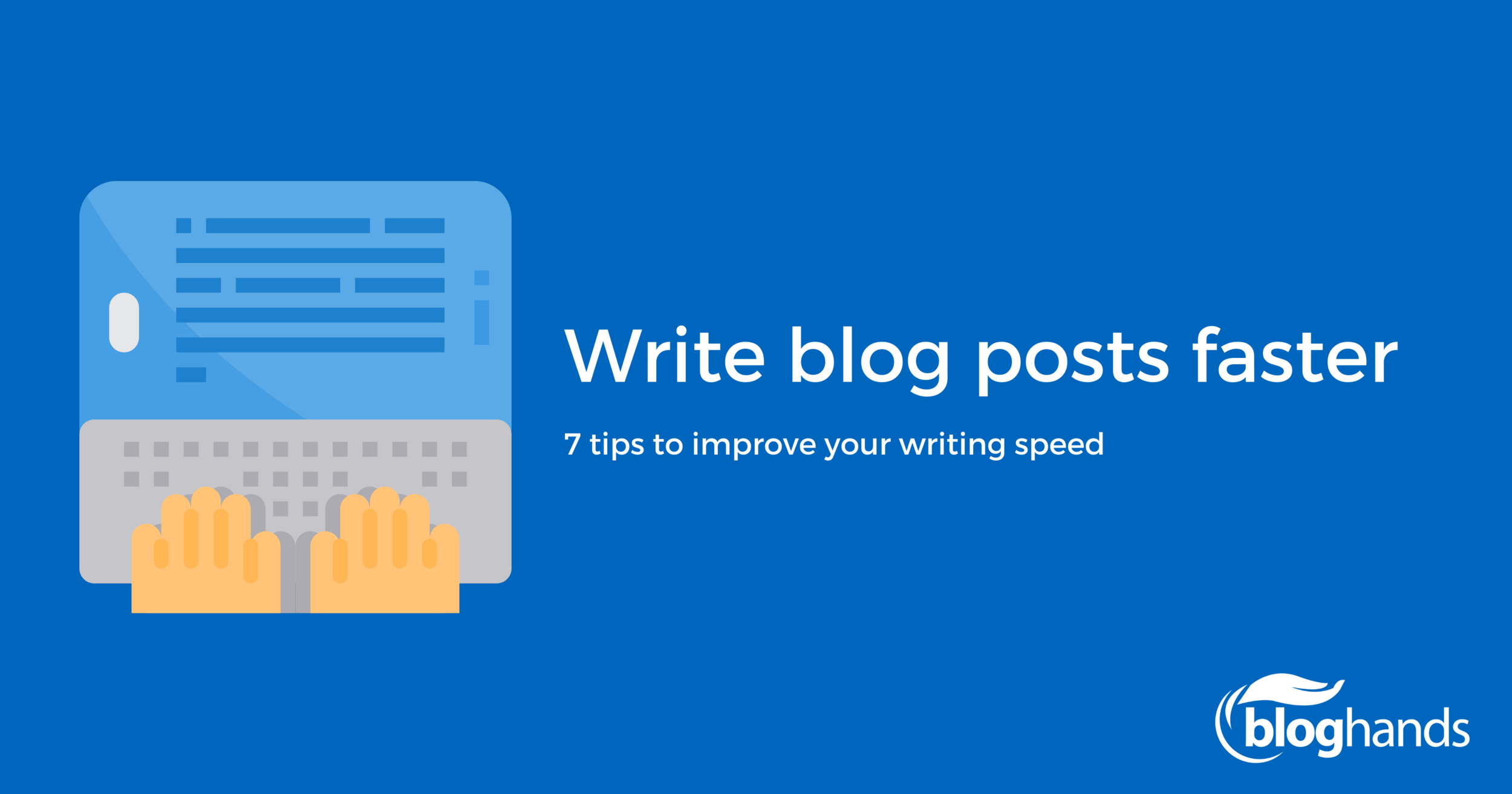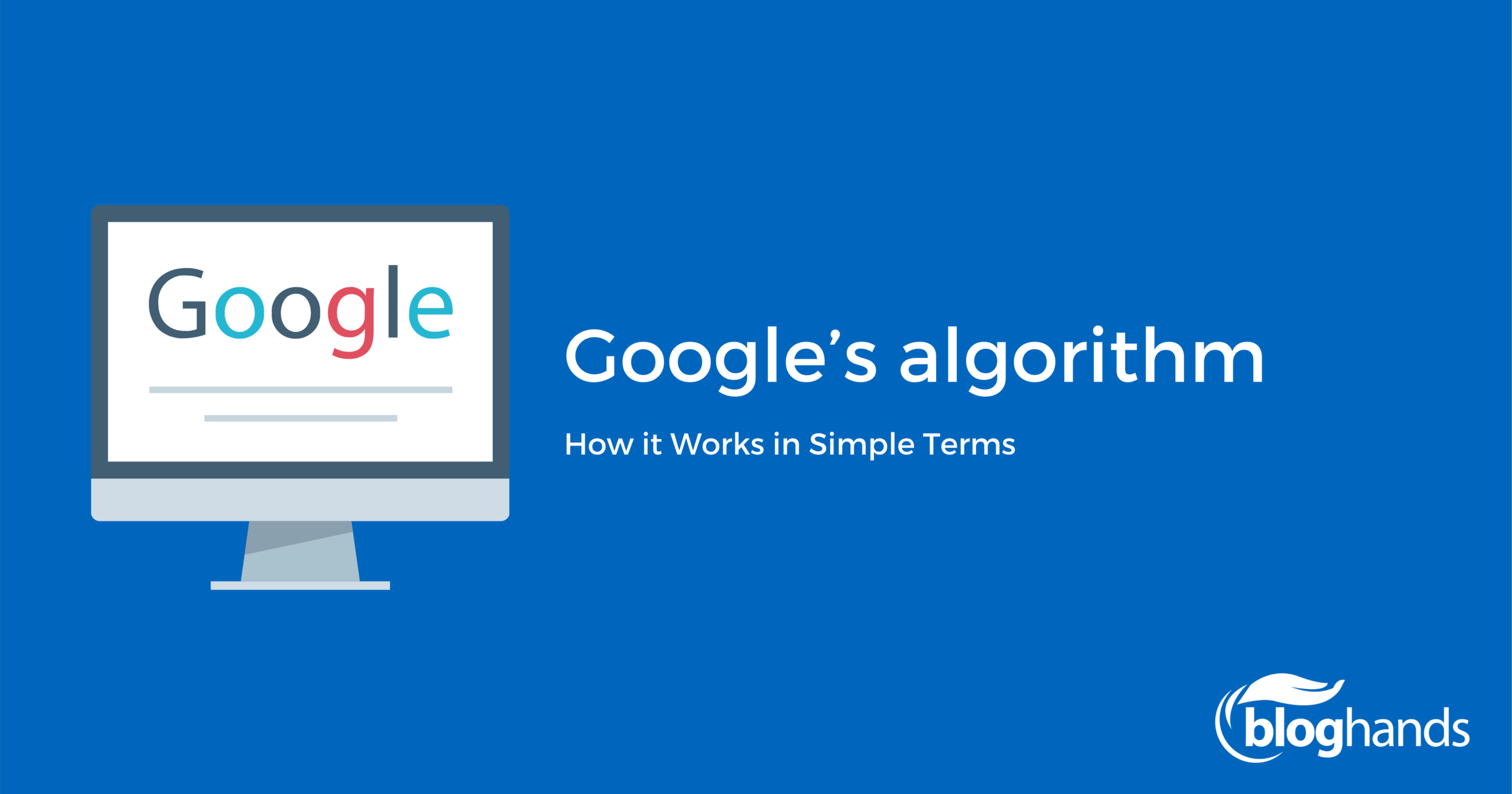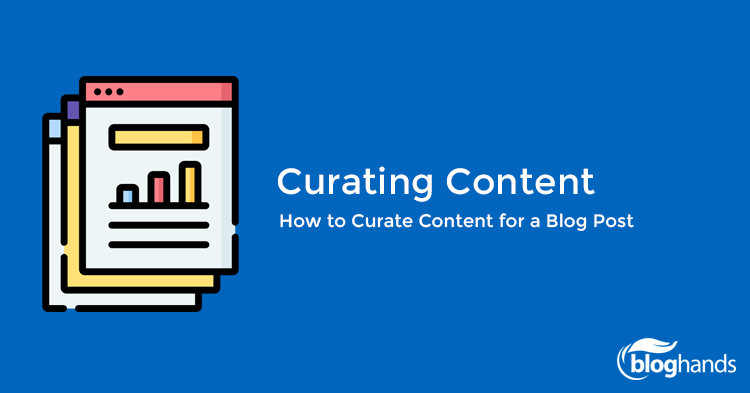How to write blogs faster: 7 tips to improve your writing speed
If you write blogs regularly, time is of the essence. After all, for blogs to be influential and produce results, they need to be made regularly. That being said, if you tend to have trouble starting and completing your blog content, there are things you can do to make the task a little easier.
Although you never want to speed through the writing of a blog without paying any attention to the writing itself, there are simple ways to learn how to write blogs faster without sacrificing content or meaning. Below are seven of those ways.
7 business benefits of high-quality blog content
60% of the world's population is now online, which works out at over 4.7 billion people. It is more important than ever to have an online marketing strategy for your business. But no solid online marketing strategy is complete without blog content.
Blog content writing is for your business website, but you can also have content produced that is posted on other sites. Blog content ideas will depend on your business and your target audience's needs. However, what all high-quality blog content has in common are the business benefits.
Read on for the seven top business benefits of investing in high-quality blog content.
Why you need blog writing services for content planning
Did you know that blogging leads to 55 percent more website visitors? In addition, producing content for your blog costs around 62 percent less than traditional marketing; however, it still generates around three times the leads.
It's probably not a surprise to you that blogs are valuable, and that's why you're here. You're wondering, do I need blog writing services? Or, can I just do it myself?
Before you pull out your keyword and word program, keep reading to learn the distinct advantages of hiring content writing services for your company.
How Google’s Search Algorithm Works in Simple Terms
For the typical small business owner, how Google’s search algorithm works is one of life’s great mysteries. Your web pages either appear at the top of the results or where no one can find them. So, how does Google rank web pages?
Google analyzes web pages and adds them to its massive search index. Then, when you perform a search query, complex search algorithms sort through the index to find the most relevant results. The search algorithms use over 200 factors to rank web pages.
User Intent: How to Identify and Understand It
Getting traffic to your website is a ubiquitous goal among website owners. Yet too many stop short of converting that traffic. Understanding user intent will help you boost conversions and lower your bounce rate.
Attempting to attract the right visitors and satisfy their needs is more effective than simply increasing your traffic. If people visit your site but can not fulfill the intent their intent, they will click away. This is no good for your bottom line. The accompanying feelings of frustration and dissatisfaction may even hurt your brand.
User intent is the bedrock of excellent content creation. Let’s start digging. Here is how to find user intent and understand it.
How to Curate Content for a Blog Post
If you curate content for a blog post, you take pre-existing content from the web and collect it. Much the way a museum curates artifacts, you decide what would be useful to your visitors and collate information on the topic in one, handy location: your website. As well as creating a valuable resource for visitors, curating content lets you add your content to the mix. And commenting on the topic helps you share your brand and perspective.
Excellent curated content demonstrates authority. It’s an opportunity to create a valuable, shareable resource that is good for visitors, can boost traffic, and allows you to put forward your unique take on a subject. Learning how to curate content for a blog takes practice, but it can boost traffic and ranking when you focus on the customer experience.






